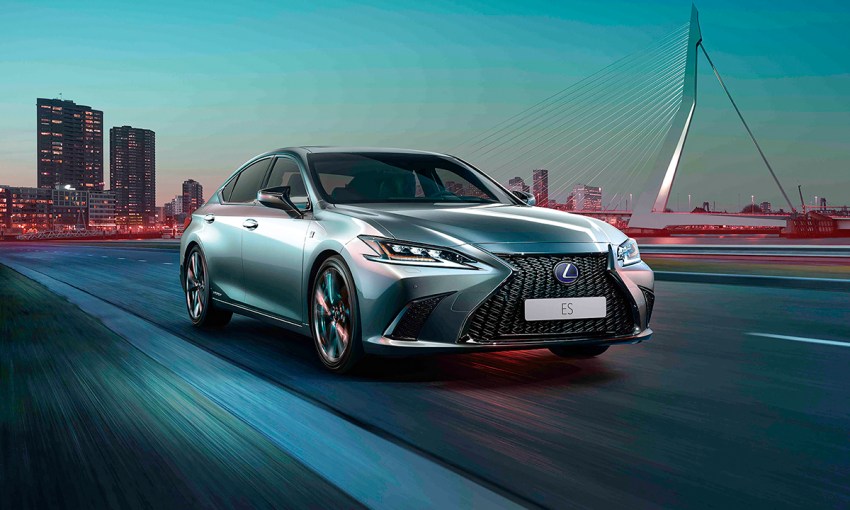Choosing a hybrid car used to mean compromising on comfort, style and convenience, but now subtlety and luxury are the new order of the day.
Lexus ES 300h: Electrifying luxury
It wasn’t so long ago that any vehicle featuring an alternative power source felt the need to make it obvious through quirky exterior design and multitudes of badges (usually on a soothing blue background).
Early adopters found it reassuring that their friends and neighbours could tell, at a glance, that they had taken a responsible approach to motoring, even if they paid a substantial premium to do so.
For three weeks, there was a Lexus ES 300h (the “h” is the giveaway that this is a hybrid model) in my driveway and not once did anybody see a need to comment on its hybrid status or ask the usual questions about range and recharging times. I suspect that most simply didn’t notice (or care) that this car used a combination of petrol and electric propulsion.
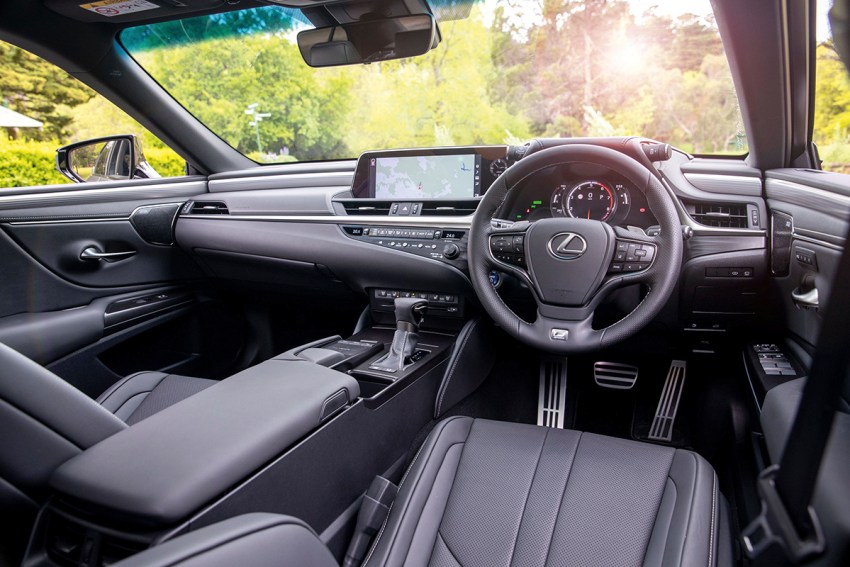
Instead, the car elicited many admiring comments and the Lexus badge was clearly aspirational.
Lexus has been something of a quiet achiever in the luxury class, unobtrusively poaching buyers from more traditional luxury brands and building up an enviable customer loyalty.
The new ES 300h is sure to tempt more buyers to the brand, and to hybrid power.
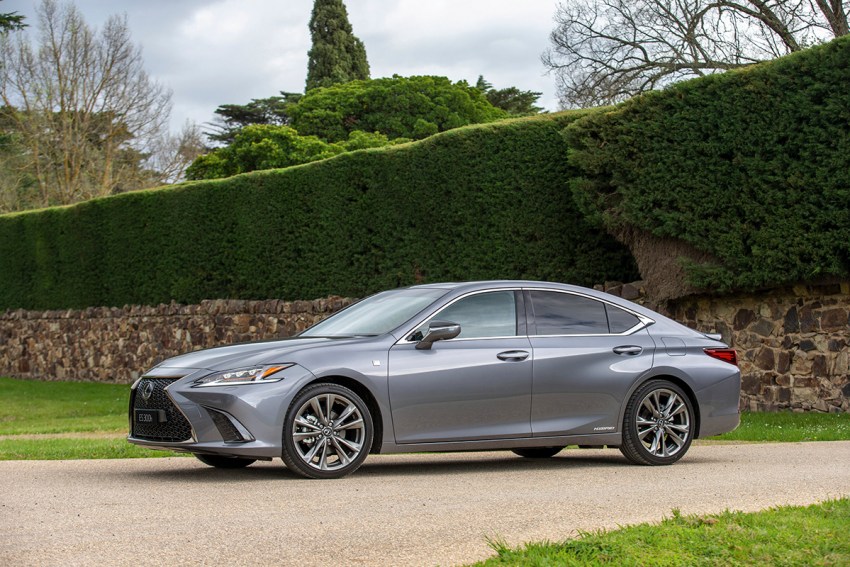
This Lexus eschews power plugs and sockets in favour of charging the battery from the petrol engine and regenerative braking. For most buyers, this will prove a simple and unthreatening entrée into electric motoring. There’s a four-cylinder 2.5-litre petrol engine plus a permanent magnet electric motor. The electric motor operates using a nickel-metal hydride battery with 204 cells, producing 244.8 volts. Now that you know, you need never think about it again.
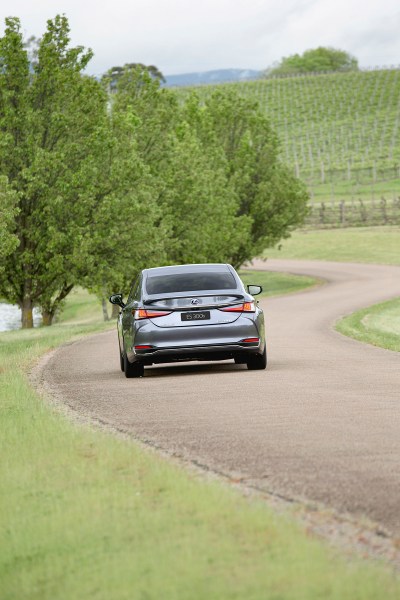
Both petrol engine and electric motor can drive the front wheels, depending on a number of factors, none of which require any input from the driver. When it’s operating, the petrol engine sends energy back to the battery pack to recharge it, as do the brakes when they are applied. Release the pressure on the accelerator pedal and the car reverts to electric power, although only for short periods and at speeds below 40km/h (and in reverse). The result is quite astounding fuel consumption figures of 4.6L/100km, a figure unlikely to be matched by any other large, conventionally-powered luxury sedan. Even with the comparatively small 50-litre fuel tank, this means a theoretical range of more than 1000km.
Regardless of which power source is operating, the Lexus is uncannily quiet. In electric mode, it is so silent pedestrians often won’t hear you approaching. Even at speed and using the petrol engine, wind noise, road noise and tyre noise are eerily absent. One reason is the use of a resonator that actively cancels external noise.
So now we’ve dispensed with the issue of hybrid power, let’s get down to the make-or-break issues of external appearance, internal layout and space.
Buyers shouldn’t be disappointed on any of these criteria. Externally, the ES 300h offers a more aggressive design than previously, with a bold (some may think too bold) front grille and dynamically styled headlights. In profile, the car exhibits an almost coupe-like sweeping roofline, while the rear is neat without being memorable.

Being longer and wider than the model it replaces, the ES 300h offers more interior space, especially in the rear seats. Like all Lexus models, the quality, fit and feel of the interior trim is exemplary. There are just enough wood and metal highlights to impart the appropriate sense of luxury, but not so much that it feels overdone. In the console and door pockets, there’s fabric trim so your hands need never come into contact with unadorned plastic.
However, one frustration has carried over from the outgoing model and that’s the touchpad to operate the 12.3-inch central screen functions. It operates just like the touchpad on your laptop, which is fine when you’re stationary but fiddly and prone to wrong inputs on the move. On the other hand, Lexus has finally dispensed with the foot-operated parking brake so beloved of American buyers and replaced it with a far more convenient electric parking brake.
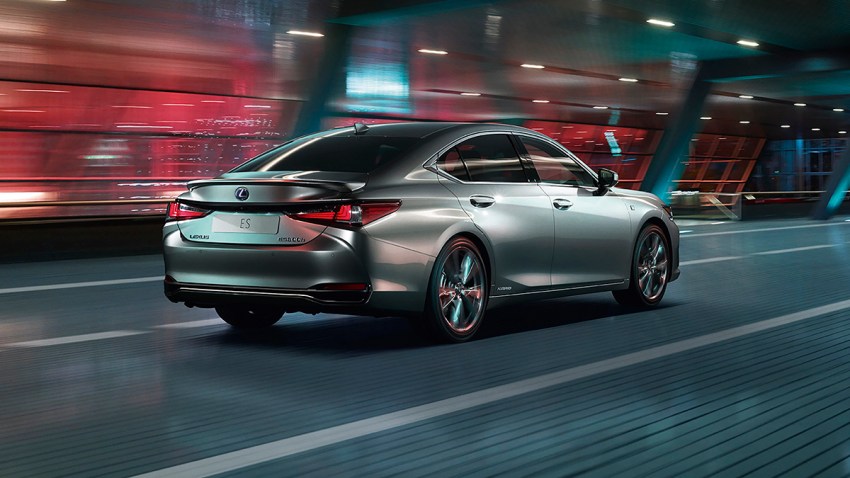
We’ll whisper it, but one reason the Lexus appeals over its German competition is the price. Mercedes-Benz has a similarly sized hybrid, the E-Class, and BMW’s offering is the 5-Series hybrid (both are plug-in hybrids). The ES 300h comfortably undercuts them on price, offers a longer warranty (although still not as long as its Toyota sibling) and comes with a more comprehensive list of standard inclusions. There are only two levels of trim, with the entry-level Luxury model priced from $59,888 (plus on road costs) while the more luxuriously equipped Sports Luxury is $15,000 more, priced from $74,888 (plus on road costs).
The Lexus proves you can go electric without inconvenience or making any compromises. And that’s what most people are looking for.
This story first appeared in the April 2020 issue of SALIFE magazine.



